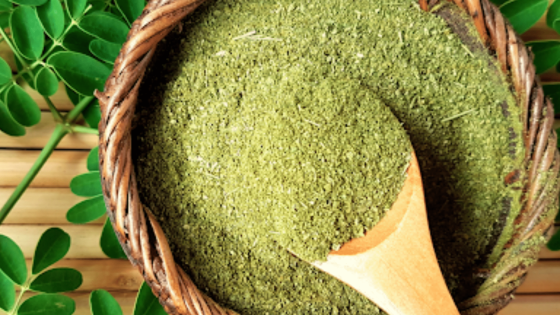Posting ini terakhir diperbarui pada 25 Juli, 2023
Hypoglycemia is a common complication in diabetics. The patient may become comatose or experience many other injuries if not treated promptly to lower blood sugar.
So what is hypoglycemia in diabetics and how is it recognized? What are the current treatments for low blood sugar? Please refer to the article below to get answers to the above questions!
Overview of hypoglycemia
Hypoglycemia is a common condition in diabetic patients being treated with insulin or oral sulfonylureas. The cause of low blood sugar is often due to the patient’s overdose or improper insulin injection that makes the drug absorbed too quickly, eat too little, eat late or skip meals, drink alcohol, exercise intensely, or exercise too much.
Tambahan, normal people can also experience hypoglycemia in cases such as alcoholism, complications from liver or kidney disease, malnutrisi, or infection. Low blood sugar can be easily recognized through a number of symptoms such as:
- Feeling trembling
- Heart beat fast
- Feeling hungry
- Restlessness, kegugupan, anxiety or confusion
- Nausea and vomiting
- Sakit kepala , hilang ingatan
- Blurred eyes, double vision
- Pale skin and mucous membranes
If hypoglycemia is not treated early, for the blood sugar to drop deeply, the patient can have convulsions, coma, or even death.
Treat mild hypoglycemia according to the 15-15 aturan
The treatment of hypoglycemia can simply be understood as quickly raising the blood sugar to levels above 70 mg/dL. Diantara mereka, itu 15 – 15 rule is the most commonly applied method.
Secara khusus, the patient will add 15g of carbs and check the sugar level in the body after 15 menit. If the glycemic index is still below the target, continue doing the above until the desired range is reached.
Once the threshold is reached, continue with a nutritious snack to make sure the food intake doesn’t fall too low again. Some dishes contain about 15g of carbs that diabetics should refer to:
- 1 tablespoon sugar, honey or syrup
- Half a glass of regular juice or soda
- 1 glass of milk
- 2-3 glucose tablets (note that you should read the instructions carefully before using)
- Hard candy, marshmallows, or chewing gum (look closely at food labels to see exactly how much sugar is in it)
When treating hypoglycemia according to the 15-15 aturan, patients also need to keep in mind the following rules:
- It takes time for blood sugar to rise after eating.
- Children will need less than 15g of carbs, especially babies and toddlers.
- Check your blood sugar often when it’s most likely to get low, especially during hot weather or when you’re travelling.
- Limit your intake of starchy sources that are high in fiber, such as beans and lentils, or that are high in fat, such as chocolate. Because these two substances will slow down the rate of sugar absorption.
Be aware that even after eating starchy foods, blood sugar can continue to drop. Patients should recheck blood glucose 60 minutes after treatment.
Treatment of severe hypoglycemia
Hypoglycemia is considered severe if blood sugar falls below 55 mg/dL. Pada saat ini, itu 15-15 rule will no longer be an effective treatment for hypoglycemia.
Sebagai gantinya, using injectable glucagon is the best way to help raise blood sugar. Patients should consult their physician about a glucagon injection kit that is available by prescription and in stock at home. Tambahan, the patient should also ensure that the next of kin will know where to store and use them properly.
If the patient is unconscious or very drowsy, do not give them anything that will help the patient inject glucagon if available and know how to use it. Setelah 10 menit, if the patient regains consciousness, give him a light meal containing starchy foods such as bread, biscuits, susu, dll. In the case of no glucagon or injection but the patient does not wake up after 10 menit, You must call 911 immediately.
Selain, when vomiting, the patient should also go to the hospital because it is likely that the blood sugar will drop again.
At the hospital, doctors usually prescribe an initial glucose infusion, then maintain it with dextrose.
Some other ways to treat low blood sugar
For non-diabetic hypoglycemia, depending on the cause, the treatment for hypoglycemia will be different. Such as:
Drug-induced hypoglycemia
If medication is the culprit for low blood sugar, your doctor will recommend adjusting your dose, changing your medication, or stopping it altogether.
Due to tumor
In the case of low blood sugar due to a tumor in the pancreas, the doctor will consider surgery to remove the tumor. Sometimes patients have to remove part of the pancreas.
Low blood sugar is not a strange condition for diabetics. Be cautious about early management and seek medical attention if this condition recurs frequently, even if it is only mild hypoglycemia. Hope the information in the article has helped readers have more knowledge and useful experiences.


